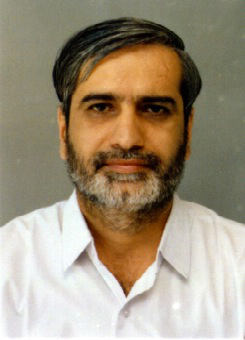 For certain developing countries, which include India, the general prohibition on export subsidies does not apply until: (1) per capita GNP reaches a designated threshold of $1,000 per annum or (2) 8 years after the country achieves “export competitiveness” for a particular product. Article 27.6 of the SCM Agreement defines export competitiveness as the point when an exported product reaches a share of 3.25 percent of world trade for two consecutive calendar years. In February 2010, the United States formally requested the WTO SCM Committee Secretariat to compute the export competitiveness of India’s textile and apparel sector. The Committee’s calculations revealed that India had reached export competitiveness in the textile and apparel sector. On the basis of this, the United States has been pressing India to identify the current export subsidy programs and commit to a phase-out schedule to end all such programs to the extent they benefit the textile and apparel sector. In response, India has raised certain technical questions as to the appropriate definition of “product” and the precise starting point of the phase-out period under Articles 27.5 and 27.6.
For certain developing countries, which include India, the general prohibition on export subsidies does not apply until: (1) per capita GNP reaches a designated threshold of $1,000 per annum or (2) 8 years after the country achieves “export competitiveness” for a particular product. Article 27.6 of the SCM Agreement defines export competitiveness as the point when an exported product reaches a share of 3.25 percent of world trade for two consecutive calendar years. In February 2010, the United States formally requested the WTO SCM Committee Secretariat to compute the export competitiveness of India’s textile and apparel sector. The Committee’s calculations revealed that India had reached export competitiveness in the textile and apparel sector. On the basis of this, the United States has been pressing India to identify the current export subsidy programs and commit to a phase-out schedule to end all such programs to the extent they benefit the textile and apparel sector. In response, India has raised certain technical questions as to the appropriate definition of “product” and the precise starting point of the phase-out period under Articles 27.5 and 27.6.
The US has been expressing concern that India has failed to phase out its export subsidies despite the computations by the Secretariat that India has become export competitive in textiles and apparel sector. The US has alleged that instead of phasing out these subsidies, India has also implemented new export programs. Turkey has supported the US concerns saying that its commercial interests are being affected by India’s subsidy programs since Turkish textile exporters compete with Indians. The Committee on Subsidies and Countervailing Measures discussed the U.S. “counter notification” of unreported subsidy programs in China and India during the two regular and two special meetings in April and October last year.
Rajeev Kher, Commerce Secretary, Govt. of India, in his speech at the 4th CII Export Summit 2014 held in New Delhi last month, very clearly admitted that India’s textile sector was no longer eligible for export subsidies as it had reached the export competitiveness as per the criteria set in the WTO SCM Agreement. His statement just before the upcoming Foreign Trade Policy (FTP) for the period 2014-19 signals that the government is seriously contemplating to move out of a purely incentive based export model to what Mr. Kher called “competitiveness based export model.” He cautioned the country’s forex earners that export subsidy was not a long term solution. Instead they should work harder to promote both ‘Brand India’ and ‘Indian Brands’. Ultimately, they will have to be inherently competitive.
Thus, in view of the changing world trade practices and also due to increasing financial constraints being faced by more and more countries, it is no wonder that there will be a gradual shift towards the subsidy-free regimes all over the globe. India will be one amongst them sooner than expected and it is in the best interest of exporters to start preparing for the subsidy-free regime in India irrespective of who forms the government in New Delhi in May this year.

